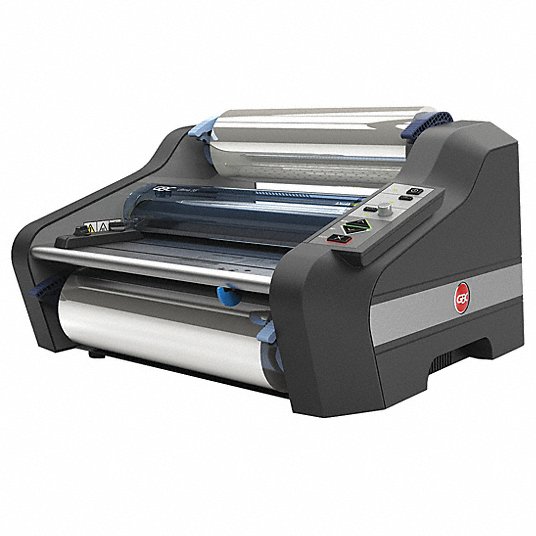It’s no secret that despite how digitized our world is, direct mail is still a powerful tool that can garner a significant return on investment.
Direct mail has a higher response rate than email. Yet, households in the United States only received, on average, 368 pieces of regular marketing direct mail in 2022.
So, how can you ensure that your company’s direct mail stands out? One way to distinguish your mail and add extra polish is through lamination and coating.
Read on to learn more about the different types of coating that you can use for your mail pieces!
3 Essentials When It Comes to Lamination and Coating
1. Protective Properties
Lamination on direct mail pieces will protect them and increase their durability as they travel through the mail system.
Customers will be less impressed with a mail piece that arrives damaged, scratched, or scuffed. Using lamination is an excellent choice to help protect the mail piece from water damage, sun fading, and wear and tear.
2. Different Types of Coating
It’s important to know that three types of coatings can be used for direct mail: UV, Aqueous, and Varnish.
UV Coatings
UV coatings create one of the most glossy finishes for a mail piece.
UV coating works through the unique process of exposure to ultraviolet light, which causes the coating to dry and harden on the paper. The two challenges to remember for UV coating are that ink will not dry on top of the coating once it has been sealed and that it can crack if the mail piece is folded, like a brochure.
Aqueous Coatings
Aqueous coatings offer a few more options than UV coatings do.
You can select either a high-gloss or matte finish. Aqueous coatings are nearly entirely clear, deriving their name from the water-based formula. This type of coating is also more eco-friendly than other types.
Varnish Coatings
Varnish coatings offer the most options, allowing you to choose between a gloss, satin, or matte finish.
However, similarly to UV coatings, you cannot print additional ink on top of a varnish coating.
3. Timing is Everything
If you choose to laminate some of your print materials, you must factor in extra time for the production process.
The ink on your printed materials will need to dry and cure completely before you can laminate them over the top of the paper.
Additionally, it’s wise to allow the print to rest at room temperature for 24 hours after it has been laminated before moving or mailing the mail pieces to ensure that the lamination is set and will not separate from the paper.
Incorporate some of these lamination and coating tips into your next direct mail campaign, and enjoy the outstanding results that will follow!
Our company is here to help you with all of your direct mail printing needs. Contact us today to get more information!

Comments
Post a Comment